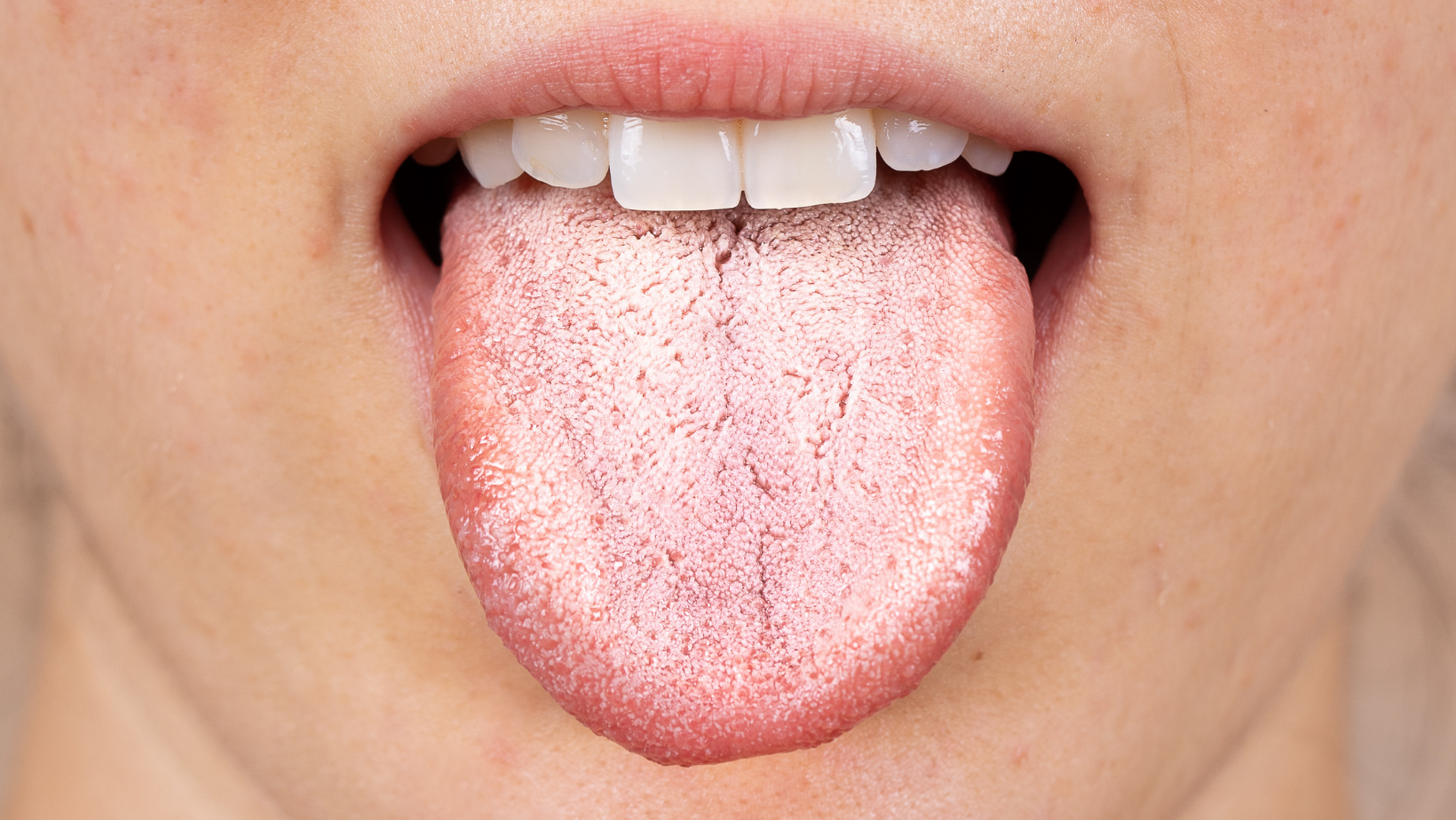Category
Thrush, a common fungal infection caused by the Candida species, can affect various body parts, leading to discomfort and inconvenience.

Have any questions?
If you have any questions, feel free to contact us at [email protected]. A member of our support team will help you shortly.
Share this blog
Fatigue
Energy
Stress
Sleep
Thrush, a common fungal infection caused by the Candida species, can affect various body parts, leading to discomfort and inconvenience. This comprehensive guide will explore the causes, symptoms, and effective treatment options for thrush, providing valuable insights into managing this prevalent condition.
Thrush is primarily caused by the overgrowth of Candida, naturally occurring yeast in the body. Candida is typically present in small amounts on the skin, mouth, and digestive tract. When an imbalance occurs, leading to overgrowth, thrush can develop.
Individuals with weakened immune systems, such as those with HIV/AIDS, undergoing chemotherapy, or taking immunosuppressive medications, are more susceptible to thrush. A compromised immune response allows Candida to proliferate unchecked.
Antibiotics, while effective against bacteria, can also disrupt the natural balance of microorganisms in the body. This disturbance creates an environment conducive to Candida overgrowth, increasing the risk of thrush.
Individuals with poorly controlled diabetes, especially those with elevated blood sugar levels, may be more prone to thrush. High sugar levels provide an ideal environment for Candida to thrive.
In the mouth, thrush manifests as white, creamy lesions on the tongue, inner cheeks, and roof of the mouth. These lesions can be painful and may bleed when scraped.
Genital thrush affects both men and women and presents symptoms such as itching, redness, swelling, and a thick, white discharge. In men, genital thrush can cause discomfort and redness on the penis.
On the skin, thrush appears as red, itchy rashes with well-defined borders. These rashes often have a raised edge and may cause discomfort and irritation.
Thrush can be accompanied by discomfort or pain, mainly when eating or swallowing in the case of oral thrush or during sexual activity in the case of genital thrush.
The cornerstone of thrush treatment is antifungal medications. Topical antifungal creams, ointments, or oral medications can eliminate Candida overgrowth and alleviate symptoms. Common antifungal agents include fluconazole, clotrimazole, and nystatin.
For oral thrush, maintaining good oral hygiene practices is essential. Regularly brushing teeth, using an antifungal mouthwash, and cleaning dentures thoroughly can help manage and prevent oral thrush.
Addressing and managing underlying health conditions, such as diabetes or immune system disorders, is crucial for preventing recurrent thrush infections. Keeping these conditions under control reduces the risk of Candida overgrowth.
Probiotics, which contain beneficial bacteria, can help restore the natural balance of microorganisms in the body. Incorporating probiotics into the diet or taking supplements may support the prevention of thrush, especially after antibiotic use.
Applying topical antifungal creams directly to affected areas can be effective for skin thrush. Keeping the skin clean and dry is essential in managing and preventing skin thrush.
Maintaining good hygiene practices is crucial for preventing thrush. This includes regular handwashing, keeping the mouth and genital area clean, and changing damp or sweaty clothing promptly.
Limiting the unnecessary use of antibiotics helps preserve the natural balance of microorganisms in the body, reducing the risk of Candida overgrowth and thrush.
Individuals with diabetes should strive to manage their blood sugar levels effectively through lifestyle modifications, medication adherence, and regular monitoring.
Avoiding irritants such as scented soaps, harsh detergents, or douches can help prevent thrush, especially in the genital and skin areas.
Thrush, caused by Candida overgrowth, is a common and treatable condition affecting various body parts. Understanding the causes, recognizing symptoms, and seeking prompt and appropriate treatment are critical aspects of managing thrush effectively. By adopting preventive measures and addressing underlying health conditions, individuals can minimize the risk of recurrent thrush infections, promoting overall well-being and comfort. If symptoms persist or recur, consulting healthcare professionals ensures accurate diagnosis and tailored treatment plans for optimal results.